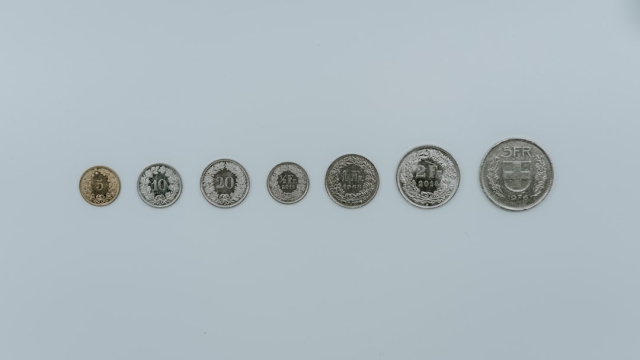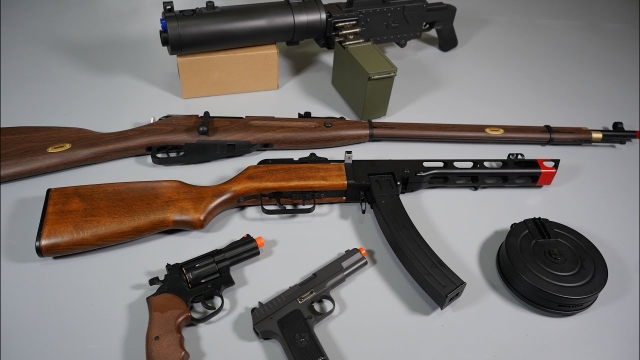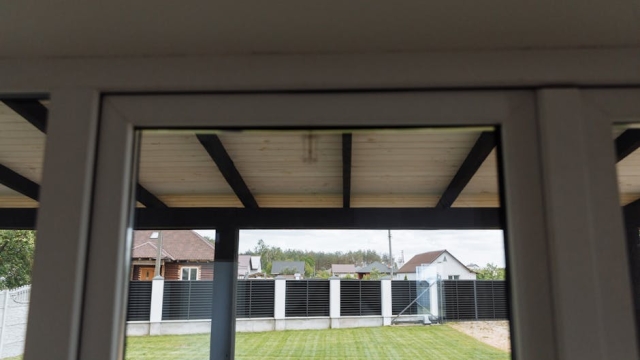
Unleashing the Victorian Futurist: The Allure of Steampunk Fashion
In a world where fashion trends are constantly evolving, there is one style that stands out from the rest with its unique blend of vintage elegance and futuristic charm. Steampunk fashion, inspired by the 19th-century Victorian era and the Industrial Revolution, has captured the imagination of many, offering a mesmerizing glimpse into a world that never was, yet sparks intrigue and fascination. With its intricate details, ornate accessories, and a touch of fantastical elements, steampunk fashion has become a beloved subculture in its own right, attracting enthusiasts from all corners of the globe.
At the heart of steampunk fashion lies an enchanting fusion of archaic aesthetics and technological innovation. Drawing inspiration from the Victorian era’s obsession with craftsmanship and invention, steampunk fashion artisans meticulously craft intricately designed garments that seamlessly blend the old world with the new. Time-honored textiles, such as rich textured fabrics and leather, are paired with futuristic elements like gears, cogs, and rivets, creating a visually stunning juxtaposition that captures the essence of the steampunk ethos. This dynamic style is not limited to any particular gender or age group, making it a truly inclusive and diverse form of self-expression. So, whether you are drawn to the allure of airships and mechanical marvels or are simply captivated by the romantic elegance of the Victorian era, steampunk fashion offers an avenue to transport yourself into a world where the past and the future collide in a wondrous blend of aesthetics.
Origins and Influences
Steampunk fashion draws inspiration from various sources, combining elements from the Victorian era with futuristic and mechanical influences. The style has its roots in the literary genre of steampunk, which emerged in the 1980s as a reimagining of the technological advancements and aesthetics of the 19th-century industrial revolution.
The Victorian era, spanning from the mid-19th to early 20th century, serves as the primary foundation for steampunk fashion. The period, known for its exquisite craftsmanship and ornate details, offers a rich visual palette for steampunk enthusiasts. The elaborate gowns, waistcoats, corsets, and top hats popular during this time become the basis for creating unique and fantastical steampunk outfits.
The influence of mechanics and machinery is another defining characteristic of steampunk fashion. Drawing inspiration from the fictional works of Jules Verne and H.G. Wells, steampunk fashion incorporates elements reminiscent of the technological wonders of the industrial revolution. This includes gears, cogs, mechanical watches, goggles, and other intricately designed accessories that add an air of both invention and adventure to the overall aesthetic. The fusion of Victorian elegance with futuristic machinery creates a captivating and imaginative style that has gained popularity among enthusiasts worldwide.
As the article delves deeper into the allure of steampunk fashion, it becomes clear that its origins and influences play a significant role in shaping this unique and captivating style. Steampunk’s ability to transport us to an alternate version of history, where the past and future converge, allows for an endless array of creative possibilities within the realm of fashion.
Key Elements of Steampunk Fashion
Steampunk fashion is characterized by a unique blend of Victorian-era aesthetics and science fiction elements. It embraces a vintage appeal while incorporating futuristic accents and gadgets. This genre of fashion draws inspiration from the industrial revolution, adventurism, and the Victorian fashion era. Here are the key elements that define steampunk fashion.
Victorian Silhouettes:
Steampunk fashion often features the iconic silhouettes of the Victorian era, including corsets, bustles, high collars, and long skirts. Women’s garments embrace the hourglass figure, accentuating the waistline and creating a sense of elegance and femininity. Men’s clothing, on the other hand, draws inspiration from dashing Victorian gentlemen, with tailored suits and coats that exude sophistication.
Timeless Fabrics:
The choice of fabrics in steampunk fashion is crucial in capturing the essence of both the past and the future. Common materials include lace, velvet, silk, leather, and tweed. These fabrics evoke a sense of luxury and craftsmanship associated with the Victorian era, while also embodying durability and resilience, reflecting the industrial aspects of the steampunk genre.Industrial Accessories:
Steampunk fashion often incorporates industrial-themed accessories, such as gears, cogs, clocks, and machinery-inspired elements. These accessories are usually depicted as functional, serving a purpose beyond mere aesthetics. Goggles, pocket watches, utility belts, and top hats adorned with goggles are popular choices among steampunk enthusiasts. These accessories not only add intricate details to the overall look but also enhance the wearer’s portrayal of a Victorian futurist.
Steampunk Style Clothing
In conclusion, steampunk fashion merges the elegance of the Victorian era with the imagination of the future. The combination of Victorian silhouettes, timeless fabrics, and industrial accessories creates a visually captivating style that not only pays homage to the past but also sparks the imagination of what could have been. The allure of steampunk fashion lies in its ability to transport individuals into an alternative reality where the Victorian futurist reigns supreme.
Steampunk Fashion Today
In recent years, steampunk fashion has experienced a resurgence in popularity, captivating both fashion enthusiasts and history buffs alike. This unique and captivating style fuses elements of Victorian fashion with futuristic technology, creating a mesmerizing visual aesthetic. Steampunk fashion today has become a prominent subculture, with individuals seeking to embrace its charm and eccentricity.
One of the defining features of steampunk fashion is the prominent use of industrial materials such as brass, copper, and leather. These materials are often incorporated into accessories, such as goggles, watches, and belts, adding an edgy and industrial touch to the overall look. By blending these elements with Victorian-era garments, like corsets, waistcoats, and high-collared shirts, steampunk fashion creates an interesting juxtaposition between the past and the future.
The DIY (do-it-yourself) aspect of steampunk fashion is another reason for its growing popularity. Many enthusiasts enjoy creating their own steampunk-inspired garments and accessories, allowing for personal expression and individuality. This hands-on approach fosters a sense of community among steampunk enthusiasts, as they share tips, techniques, and resources to perfect their distinctive looks.
In conclusion, steampunk fashion continues to capture the imagination of many, with its unique blend of Victorian aesthetics and futuristic elements. It has evolved into a thriving subculture, allowing individuals to express their creativity and showcase their love for the extraordinary. Whether it’s attending themed events or incorporating steampunk elements into everyday outfits, the allure of steampunk fashion remains a strong force in today’s fashion landscape.



